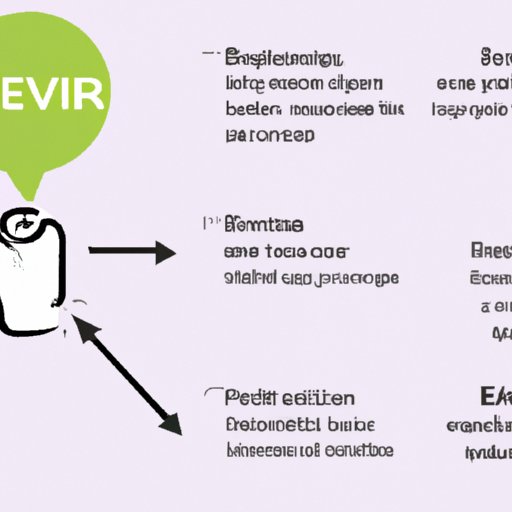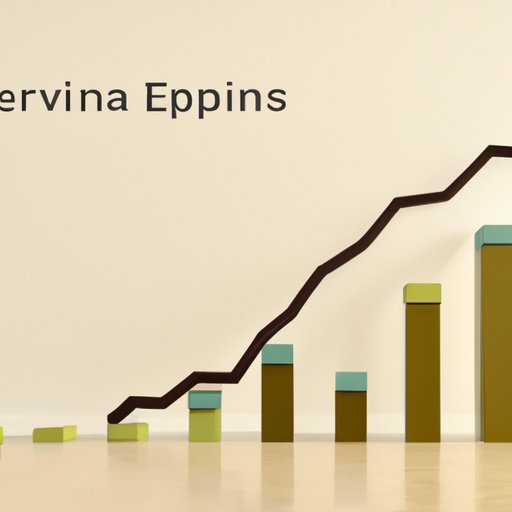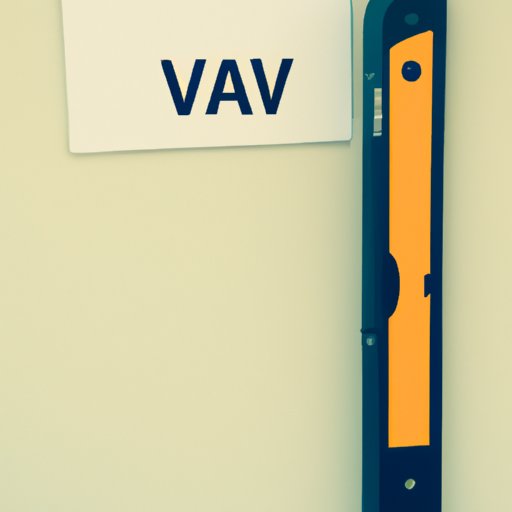Introduction
Economic Value Added (EVA) is a financial metric used to measure the amount of value created or destroyed by a business. It is a form of residual income that is calculated by subtracting the cost of capital from the net operating profit after taxes (NOPAT). EVA has become an increasingly popular tool for companies looking to assess their performance and make more informed decisions about their investments.

Overview of Benefits of Using EVA
EVA can be used to evaluate a company’s performance and make better decisions regarding investments. EVA provides several benefits, including improved decision-making, increased profitability, and enhanced wealth creation.
Improved decision-making: EVA helps companies identify areas for improvement and make more informed decisions about investments. By taking into account the cost of capital, EVA helps companies make better decisions about when to invest and when to cut costs.
Increased profitability: EVA is a useful tool for evaluating a company’s profitability. By measuring the value created or destroyed by a business, EVA helps companies identify areas where they can increase their profits and optimize their operations.
Enhanced wealth creation: EVA helps companies identify sources of wealth creation and ensure that their investments are creating value over time. This enables companies to maximize their returns and create long-term wealth.
How to Calculate EVA for Your Business
Calculating EVA for your business requires understanding of the following steps: establishing a baseline EVA, accounting for operating expenses, analyzing the impact of capital expenditures, and understanding the weighted average cost of capital (WACC).
Establishing a baseline EVA: The first step in calculating EVA is establishing a baseline EVA. This involves determining the total capital invested in the business and the expected return on that investment. This will provide a starting point for calculating EVA.
Accounting for operating expenses: Operating expenses must be taken into account when calculating EVA. This includes all expenses related to running the business, such as wages, rent, and utilities.
Analyzing the impact of capital expenditures: Capital expenditures must also be taken into account when calculating EVA. This includes any investments made by the company, such as property purchases, equipment purchases, and investments in research and development.
Understanding the weighted average cost of capital (WACC): The final step in calculating EVA is understanding the weighted average cost of capital (WACC). This is the cost of borrowing money to finance investments. By understanding the WACC, companies can determine the cost of capital and adjust their EVA calculations accordingly.

Analyzing EVA Performance Trends Over Time
Once EVA has been calculated, companies can analyze EVA performance trends over time. This can help companies identify changes in their capital structure, monitor returns on investments, and identify key drivers of EVA performance.
Tracking changes in capital structure: Companies should track changes in their capital structure over time. This includes changes in debt levels, equity levels, and the cost of capital. This can help companies identify areas where they can improve their capital structure and optimize their EVA performance.
Monitoring returns on investments: Companies should monitor their returns on investments to ensure that they are generating the desired returns. This can help companies make more informed decisions about their investments and optimize their EVA performance.
Identifying key drivers of EVA performance: Companies should identify the key drivers of EVA performance. This includes understanding the impact of operating expenses, capital expenditures, and the cost of capital on EVA. This can help companies identify areas where they can optimize their operations and maximize their EVA performance.

Evaluating EVA as a Tool for Making Investment Decisions
EVA can be used as a tool for making investment decisions. Companies can use EVA to assess risk-adjusted returns, gauge portfolio performance, and compare EVA performance to other metrics.
Assessing risk-adjusted returns: Companies can use EVA to assess risk-adjusted returns. This can help companies identify investments that provide the highest returns while minimizing risk. This can help companies make more informed decisions about their investments.
Gauging portfolio performance: Companies can use EVA to gauge portfolio performance. This can help companies identify underperforming investments and take corrective action to optimize their portfolios and maximize their returns.
Comparing EVA performance to other metrics: Companies can compare EVA performance to other metrics, such as return on assets (ROA) and return on equity (ROE). This can help companies identify areas for improvement and make more informed decisions about their investments.
Conclusion
Economic Value Added (EVA) is a financial metric used to measure the amount of value created or destroyed by a business. EVA provides several benefits, including improved decision-making, increased profitability, and enhanced wealth creation. Companies can calculate EVA by establishing a baseline EVA, accounting for operating expenses, analyzing the impact of capital expenditures, and understanding the weighted average cost of capital (WACC). EVA can also be used as a tool for making investment decisions, such as assessing risk-adjusted returns, gauging portfolio performance, and comparing EVA performance to other metrics.
(Note: Is this article not meeting your expectations? Do you have knowledge or insights to share? Unlock new opportunities and expand your reach by joining our authors team. Click Registration to join us and share your expertise with our readers.)
